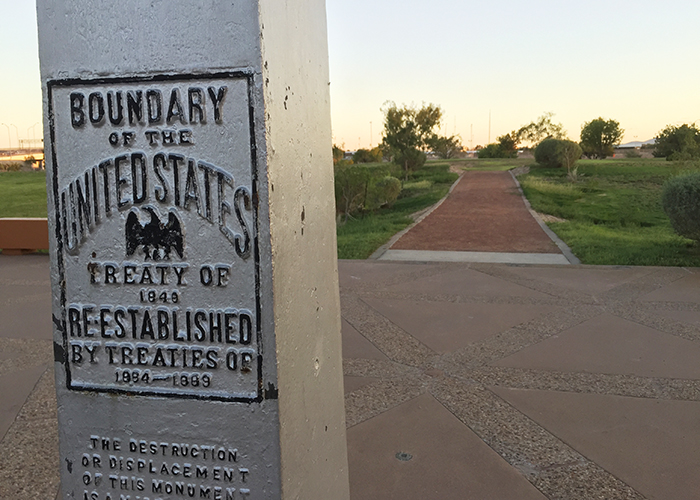The Rio Grande sure has earned its name; the river is huge, spanning the entire southern border of Texas! It was not always so, however, and the Lone Star State has two memorials to this wild and shifting border. Last month, I visited Palo Alto Battlefield on the southeastern end of the state, where I learned about the takeover of the Nueces Strip in 1846. Today, I’m visiting Chamizal National Memorial in El Paso, where another Rio Grande border dispute ended much more peacefully!
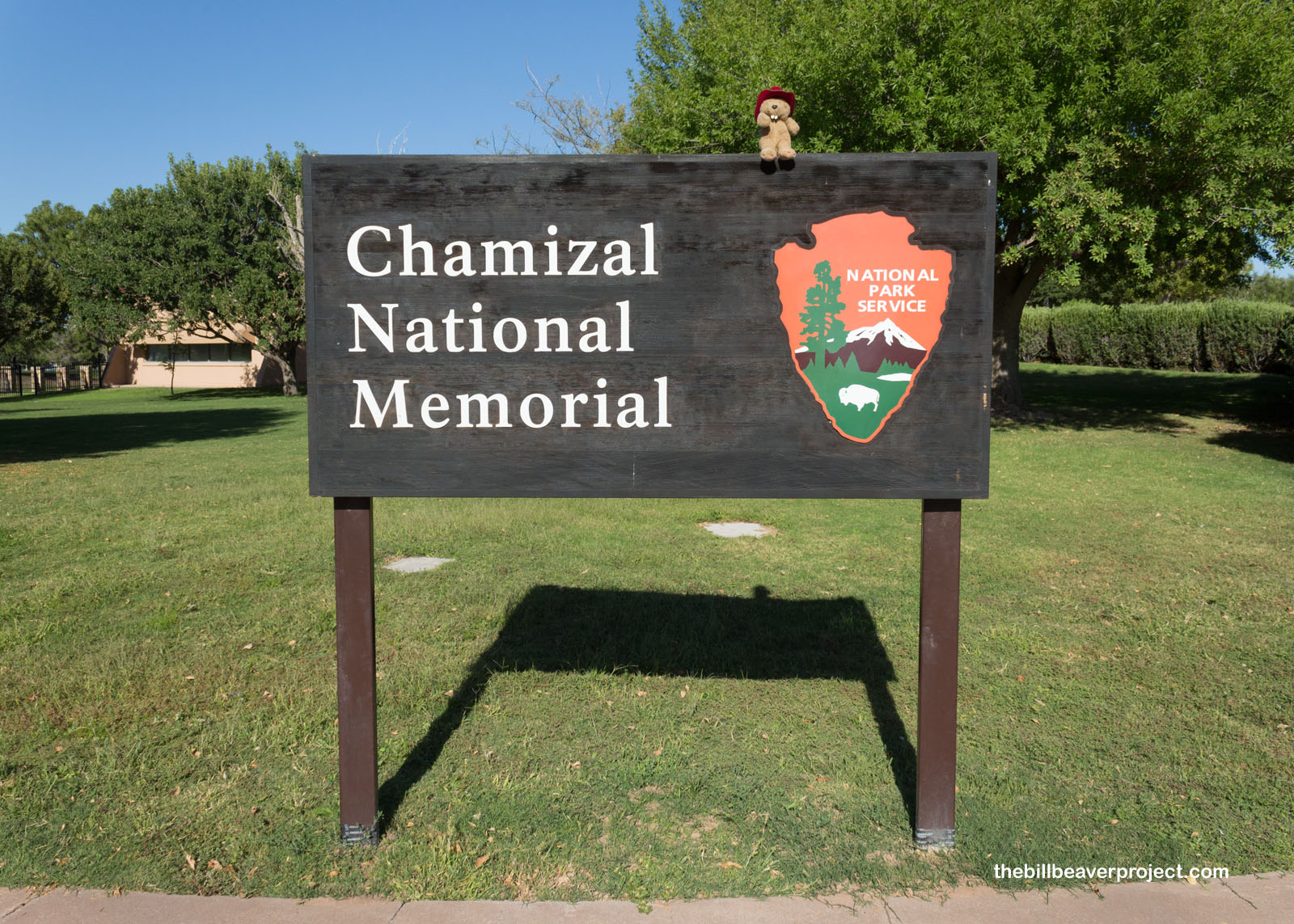 |
At this memorial, so close to the border, you can really see where the cultures of opposite sides have blended together, for instance, a spectacular mural blending the faces of US presidents with Aztec and mariachi faces from Mexico! It makes sense to celebrate the commonalities of the two countries; after all, both countries use an eagle as their emblem!
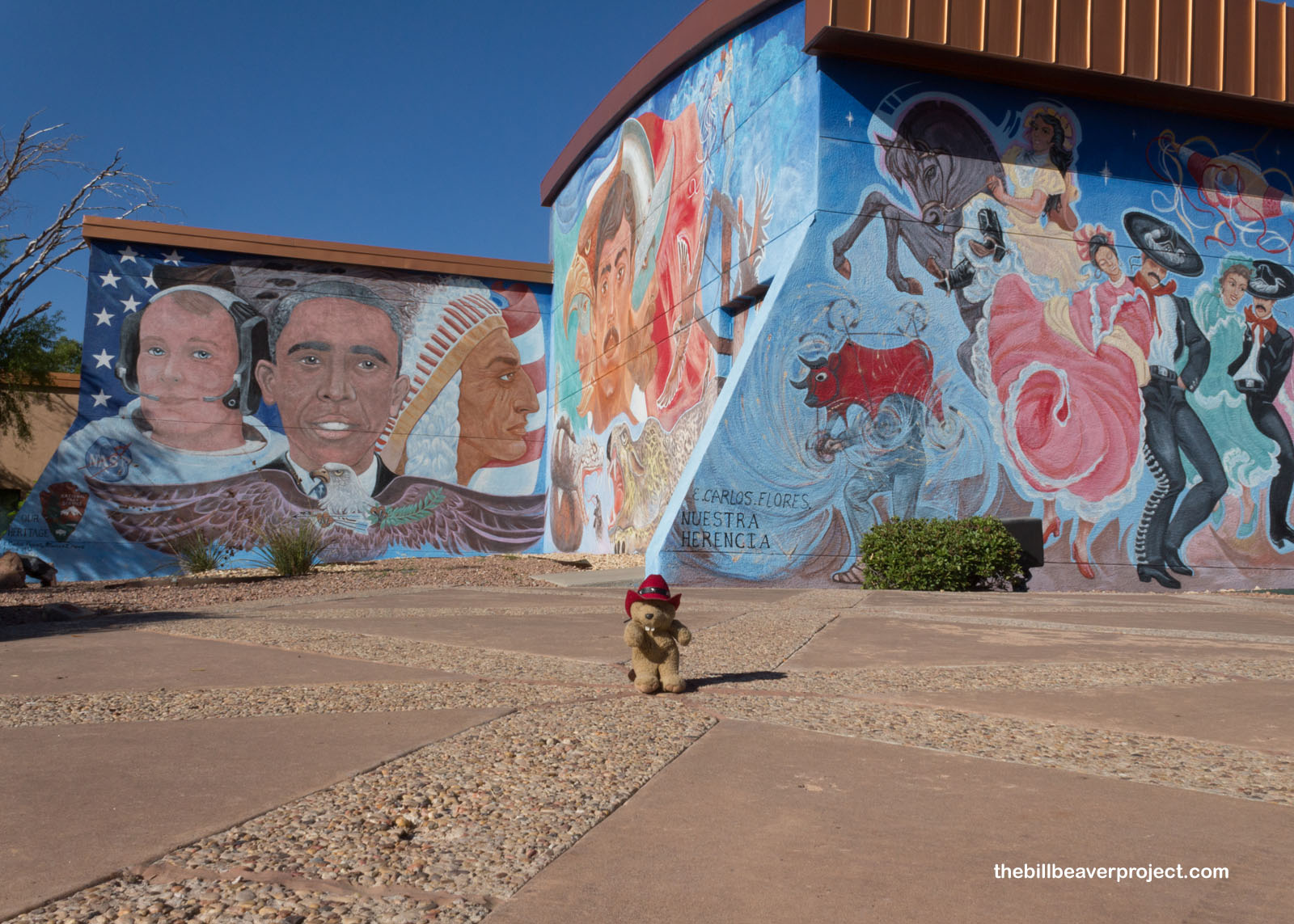 |
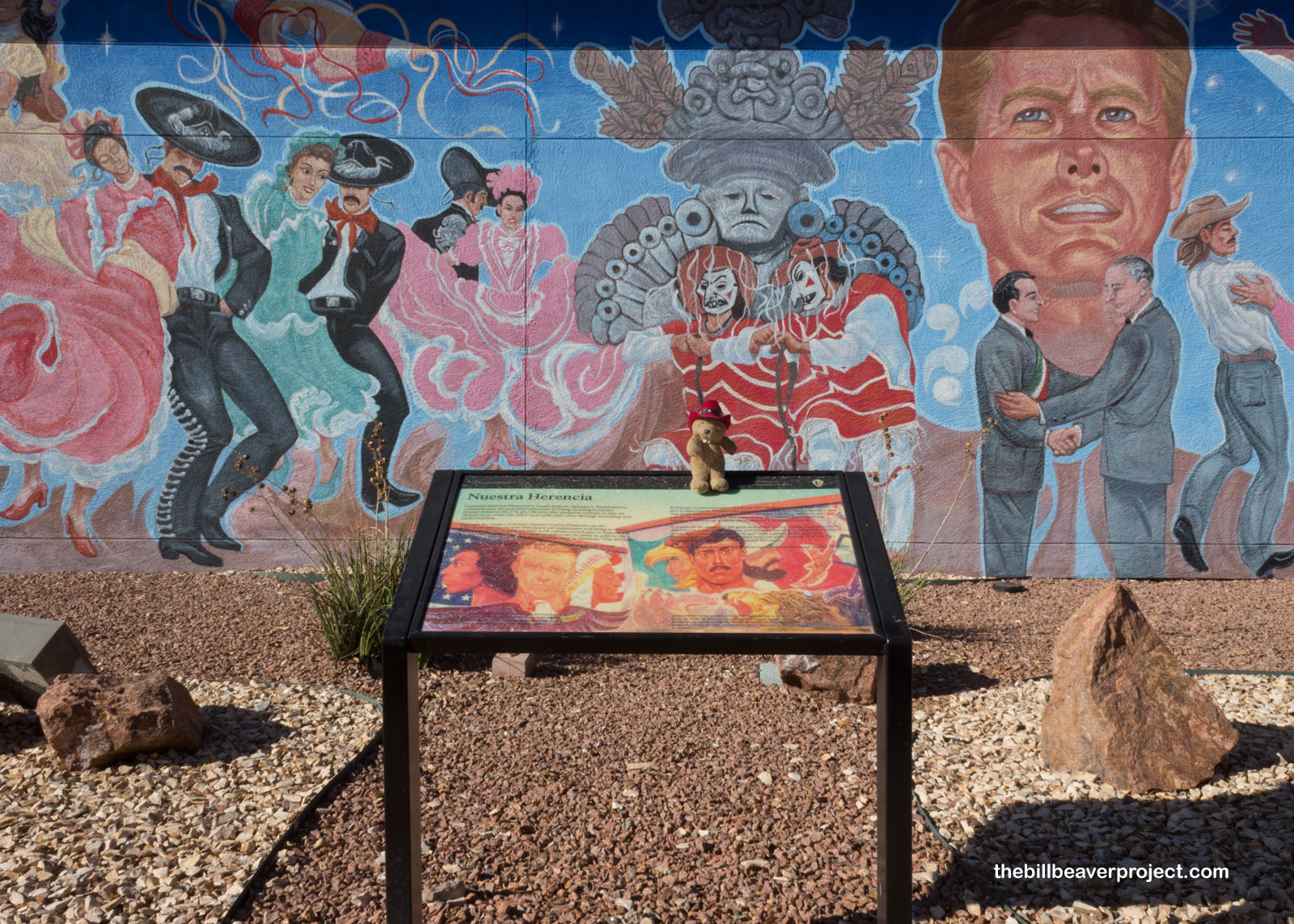 |
After the Mexican-American War, though, the two countries were dead-set on finding their differences, specifically where to draw the line between them. The Rio Grande made the most sense, but there was a problem: This wild and scenic river never signed the Treaty of Guadalupe Hidalgo! After the treaty was signed in 1848, the Rio Grande started to shift south, exposing a new stretch of land called Chamizal, or “Brushwood” in 1864!
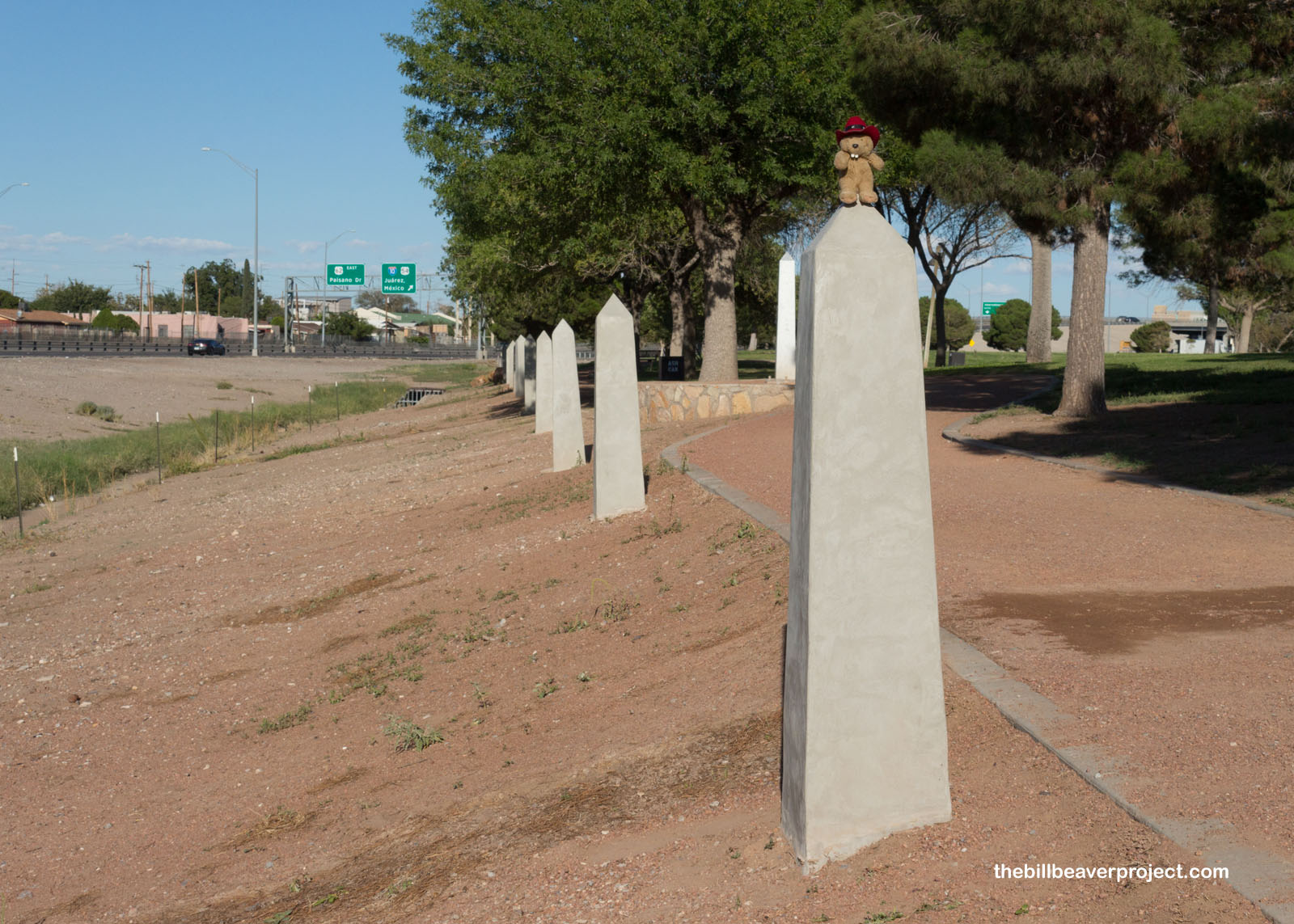 |
Though Chamizal had been within Mexican territory before the river shifted, it got de facto absorbed into the city of El Paso, since natural forces shifted it. No one knew what to do with this patch of Mexican land on US soil, which shifted even more in 1899 when both sides dug new channels to control flooding. That made this nebulous “Cordova Island” a haven for smuggling and illegal border crossings!
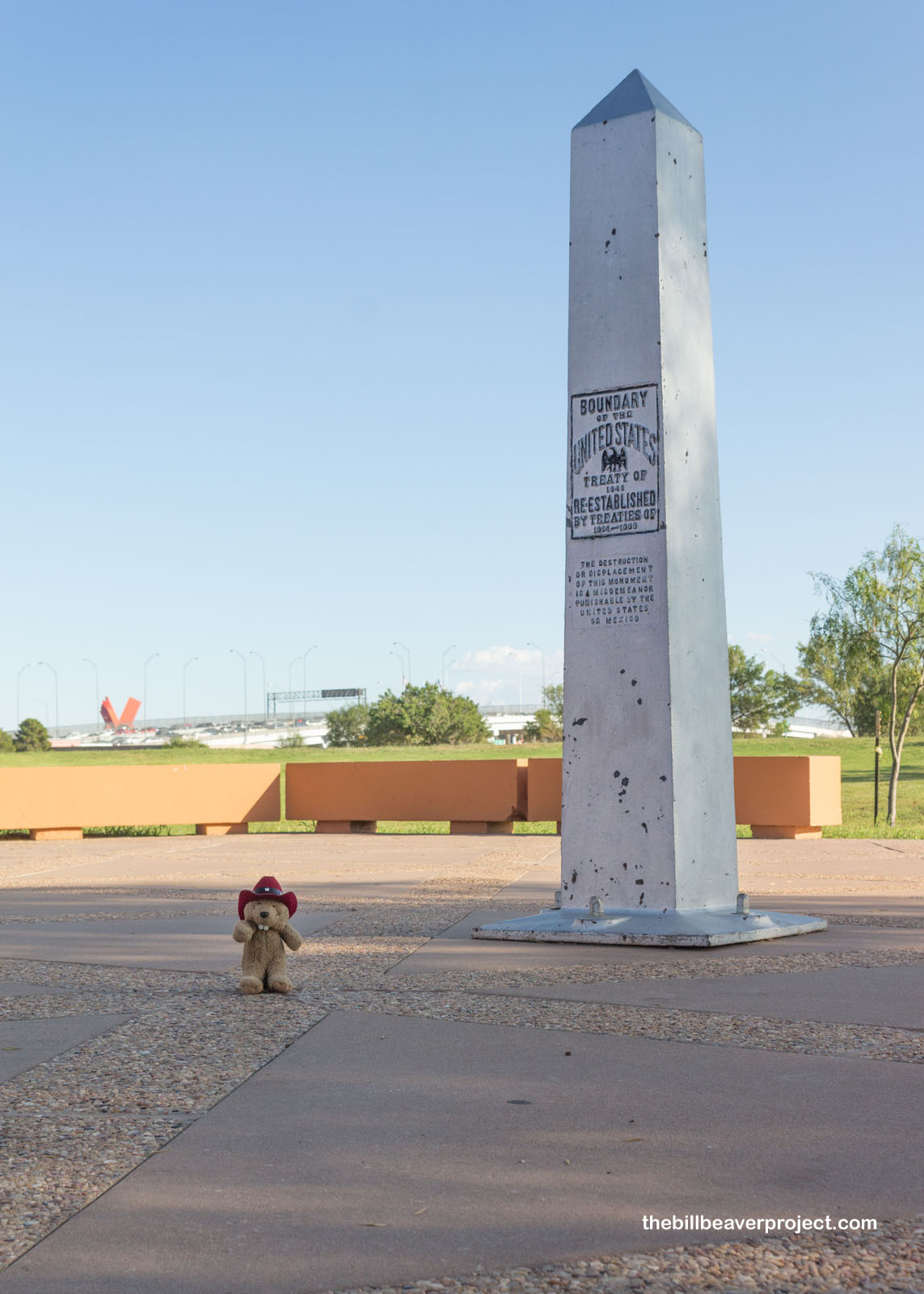 |
Originally, presidents Porfirio Díaz and William Howard Taft were going to personally resolve the dispute in 1910, but an assassination attempt put those negotiations on hold. The International Boundary and Water Commission was supposed to solve the dispute, but arguments went back and forth for the next 53 years anyway! It wasn’t until the Cold War that any more serious effort went into resolving the Chemical dispute!
See, the U.S. was afraid that Russia was going to turn Mexico communist, and President López Mateos told President Kennedy that the best way to prevent that would be to resolve the Chamizal dispute. So President Kennedy lit a fire under the IBWC but didn’t see the project through, thanks to Dallas. That left his successor, Lyndon Baines Johnson, to finalize the agreement, which emerged from Congress as the American–Mexican Chamizal Convention Act of 1964!
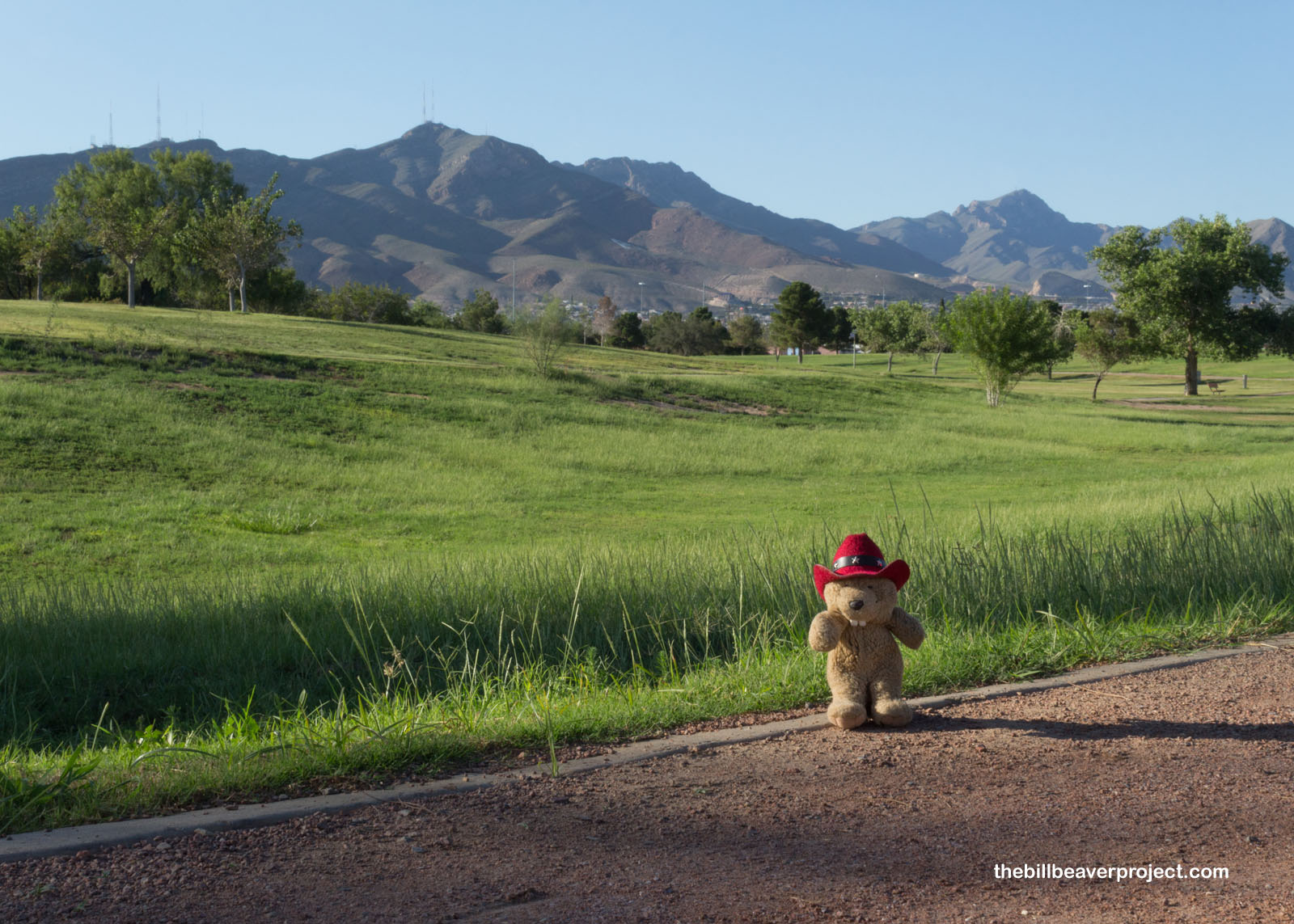 |
Since I was so close to the border, I decided to cross over one of the results of this agreement: a cement river bank. With a long stretch of the Rio Grande filled with cement, like the Los Angeles River, it would no longer continue to shift south!
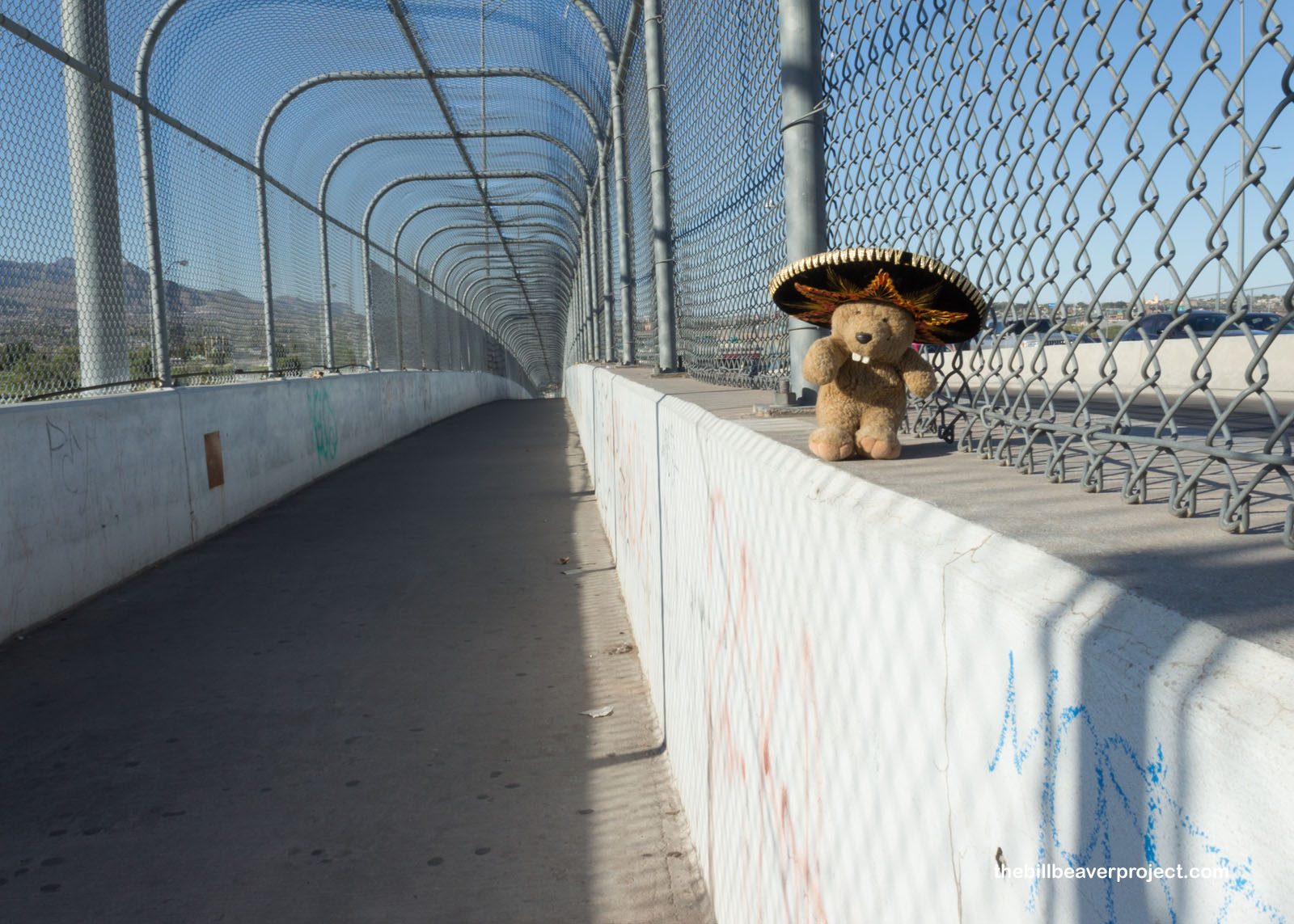 |
On the other side of the border, Ciudad Juárez has its own Parque Chamizal, which features an impressive monument to Benito Juárez, the reformer president who gave his name to this city formerly known as El Paso del Norte! On the U.S. side, he’s better known as the president during the Battle of Puebla, which is today celebrated as Cinco de Mayo!
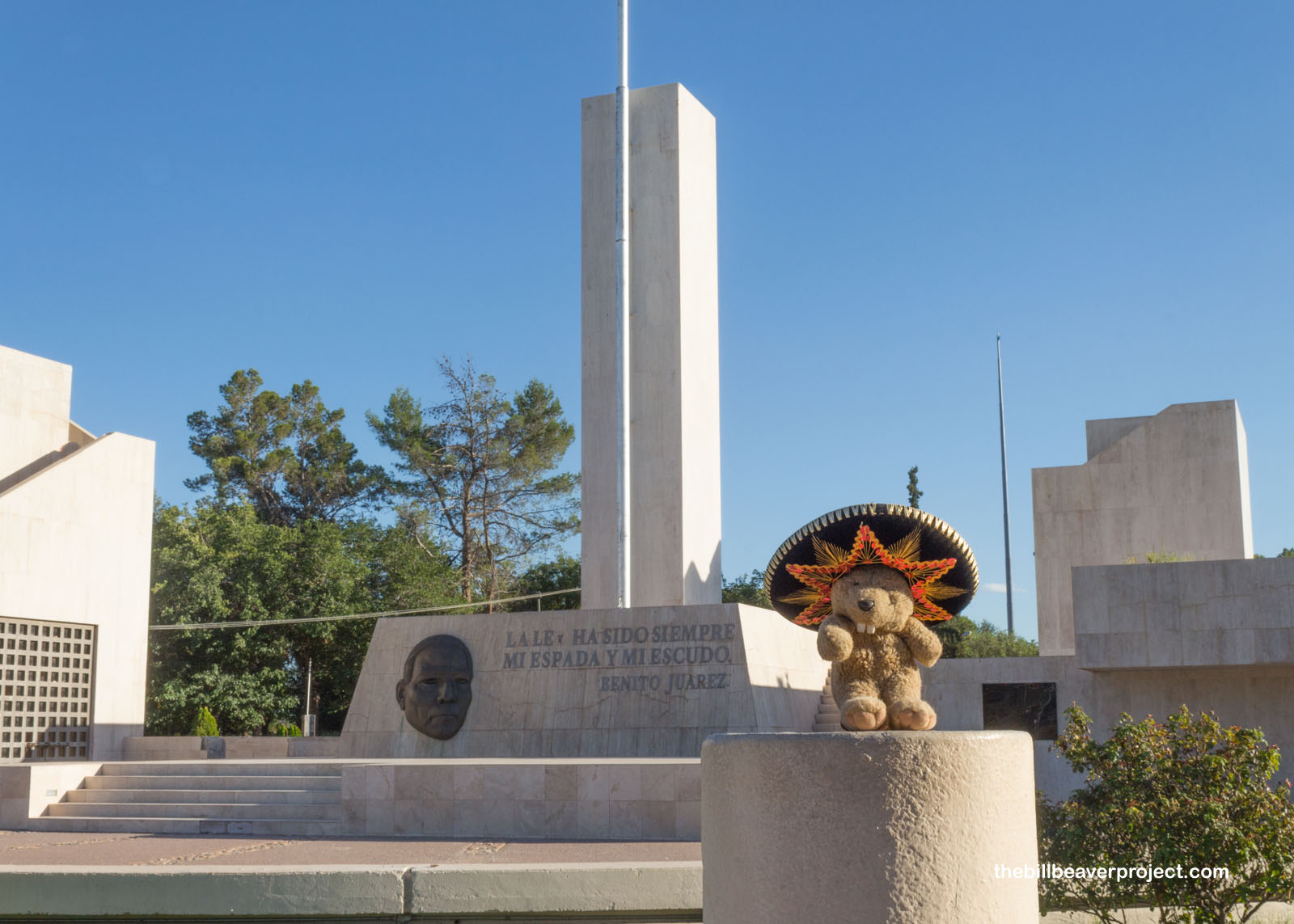 |
Parque Chamizal was really peaceful on this Saturday evening. Folks were riding on tandem bicycles, picnicking, hanging out in hammocks, and taking all kinds of wedding and graduation photos! Since it was getting late, most places, like the historical portion of the park, were closed, and the Museo de Arqueología was hosting a private art event. For all the fear surrounding border towns like this, I can definitely say I’d come back and explore Juárez in more depth!
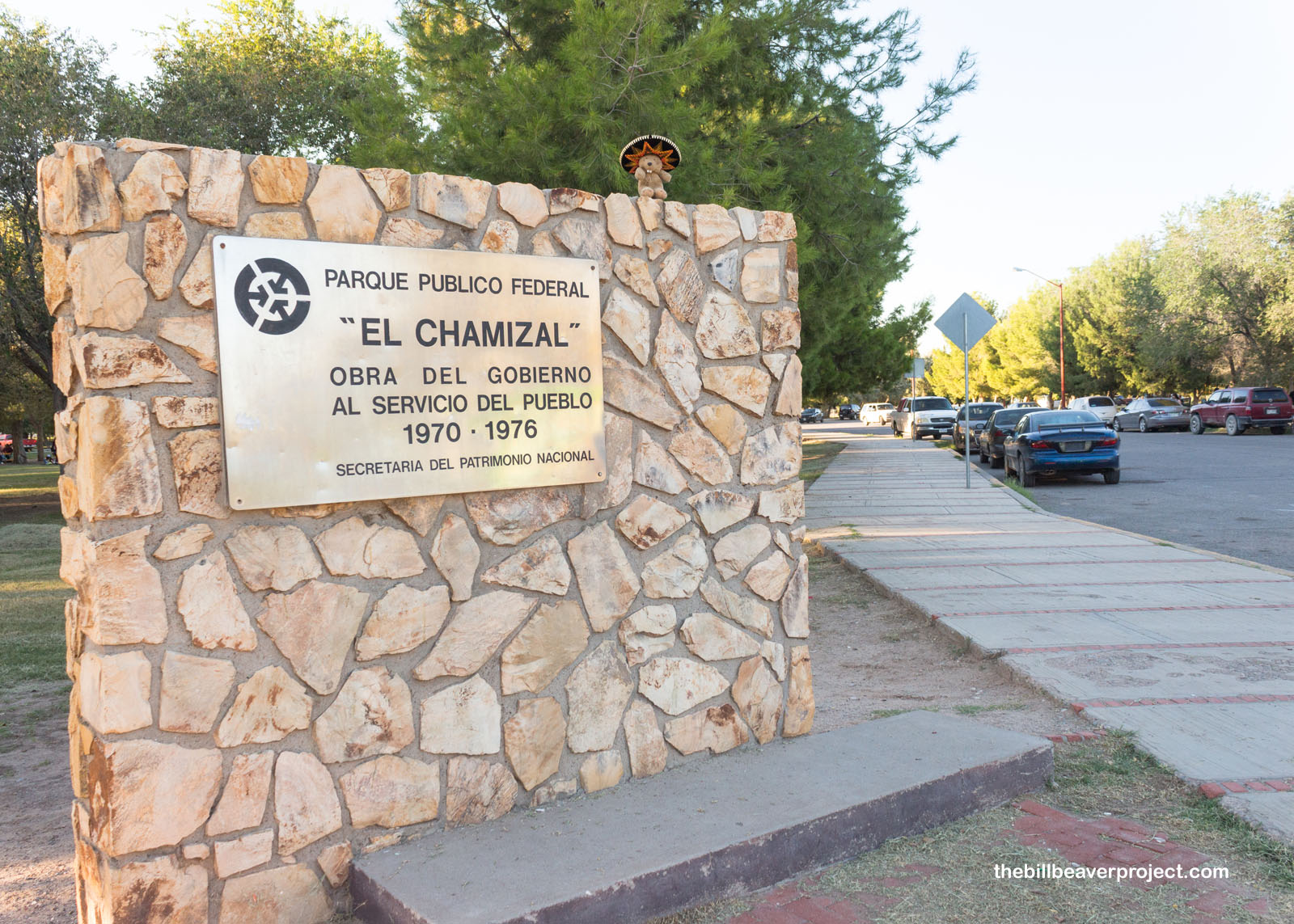 |
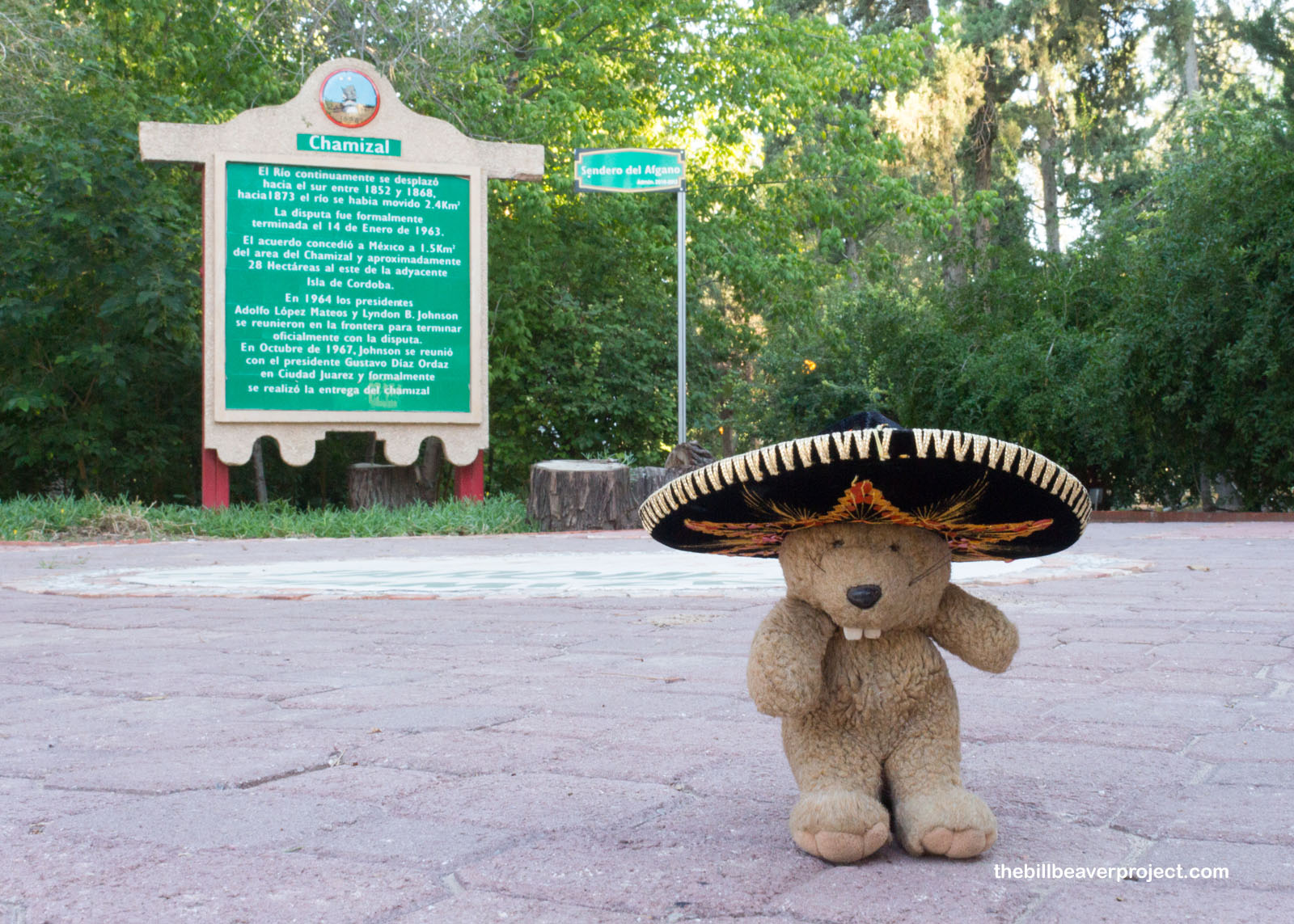 |
Before long, I was crossing back over another bridge to return stateside. Below me, mariachi bands played for the long line of idling cars waiting to get back across the border, and vendors were marketing to last-minute souvenir seekers. Though each driver was probably full of conflict over the wait, the Chamizal strip seemed to be more at peace now after a century!
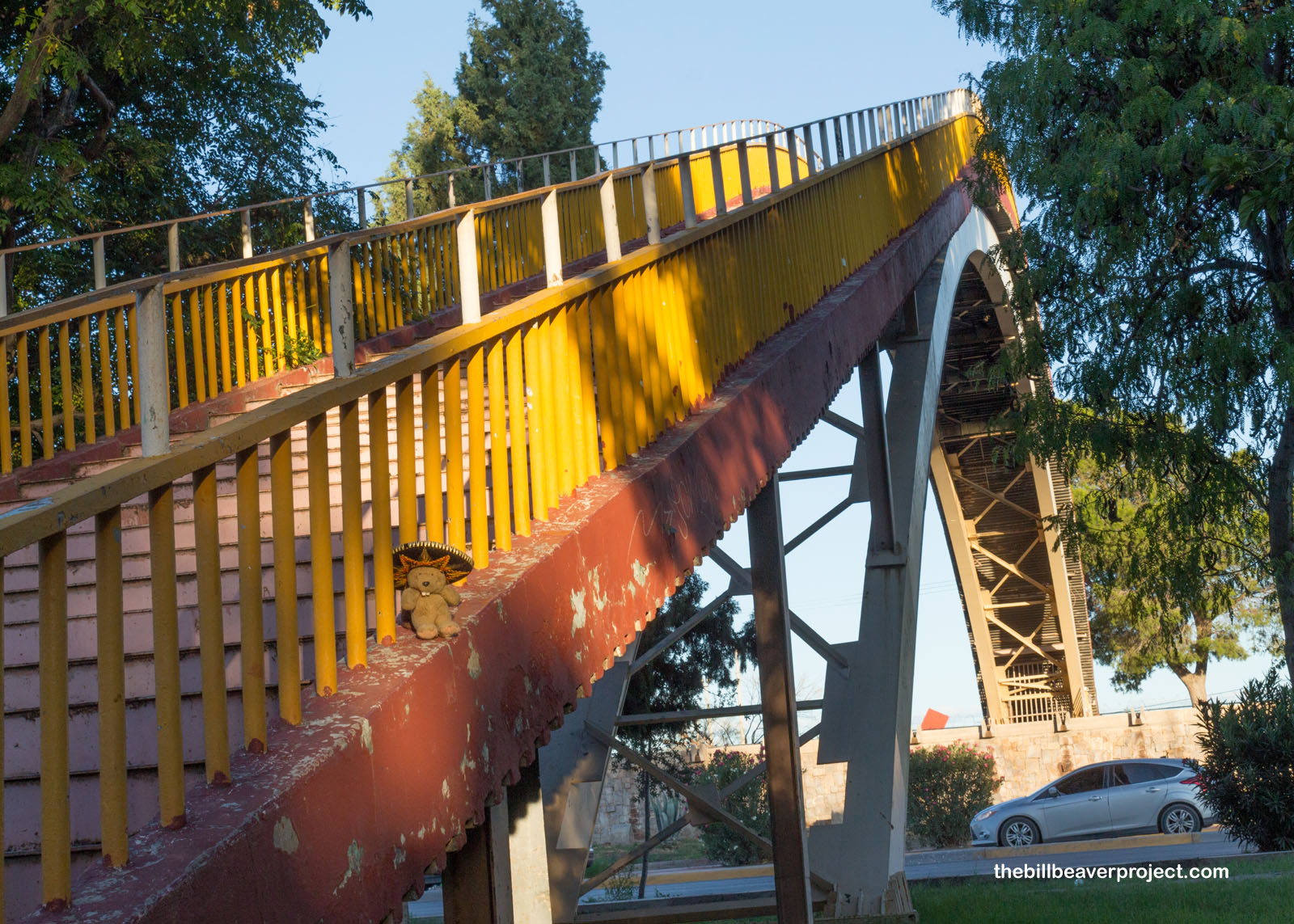 |
As I left, a beautiful sculpture by Miguel Ramos Andujo reminded visitors that El Paso and Juarez are sister cities, and though they may fight like any sisters, they are still family that can make beautiful music together!
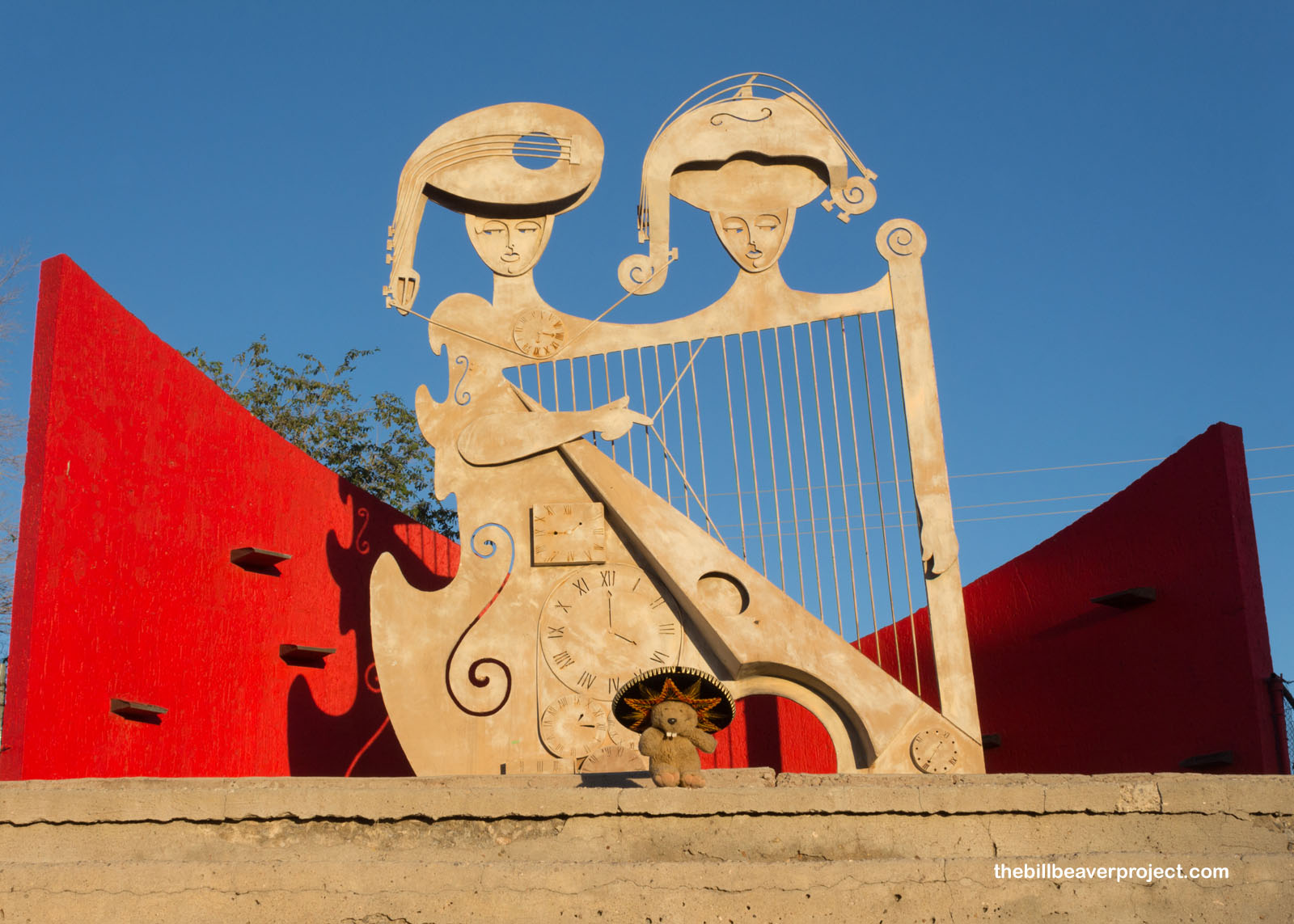 |
Being on foot, I was grateful for the ease of crossing and the tranquility of the park on the south side of the Rio Grande. There’s a lot of tension on both sides of the border these days, but it was nice being around folks on the north and south enjoying their early autumn afternoons.
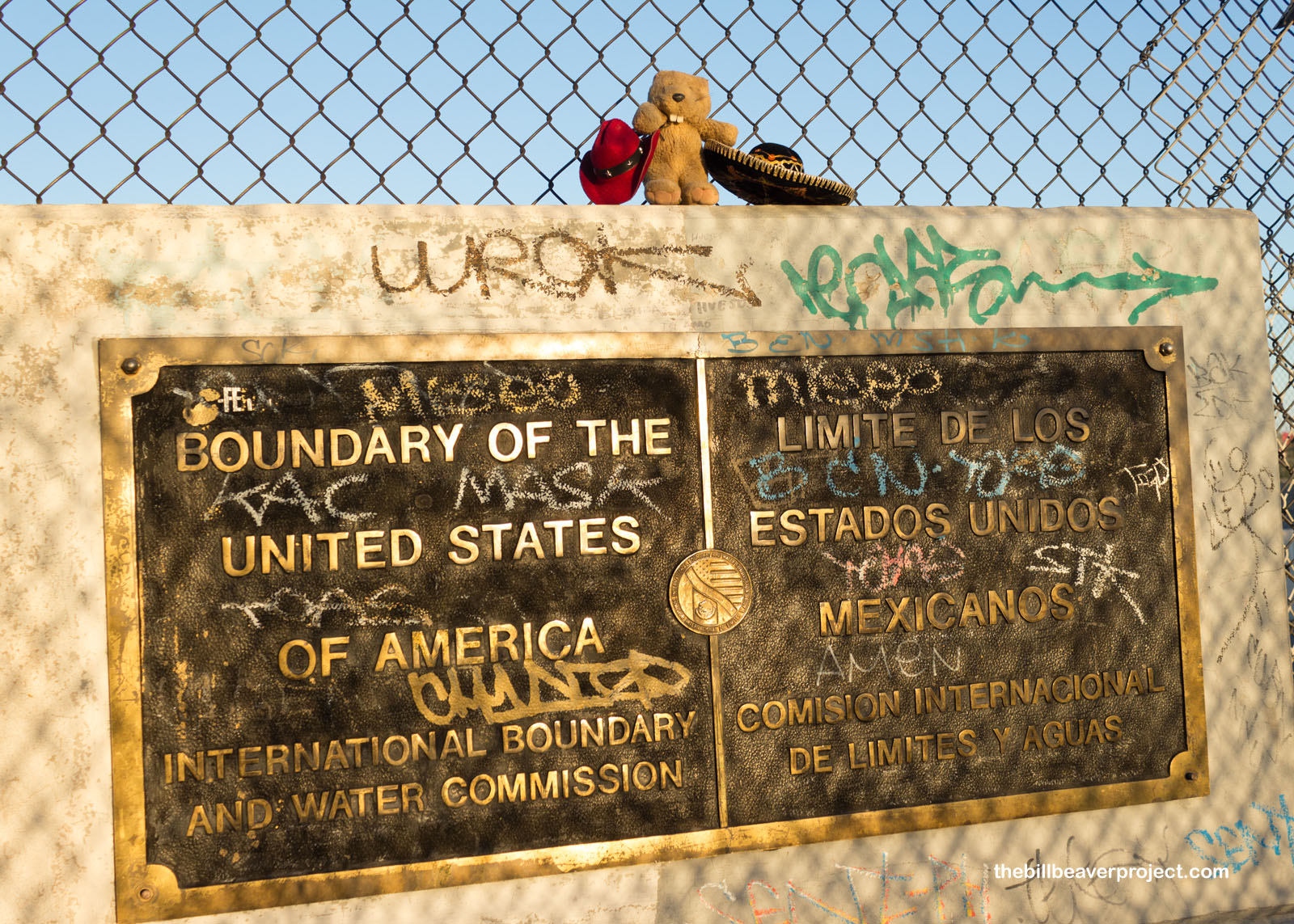 |
I’ll head back into Texas for now, but I guarantee I’ll be back to check out Mexico again in the near future!
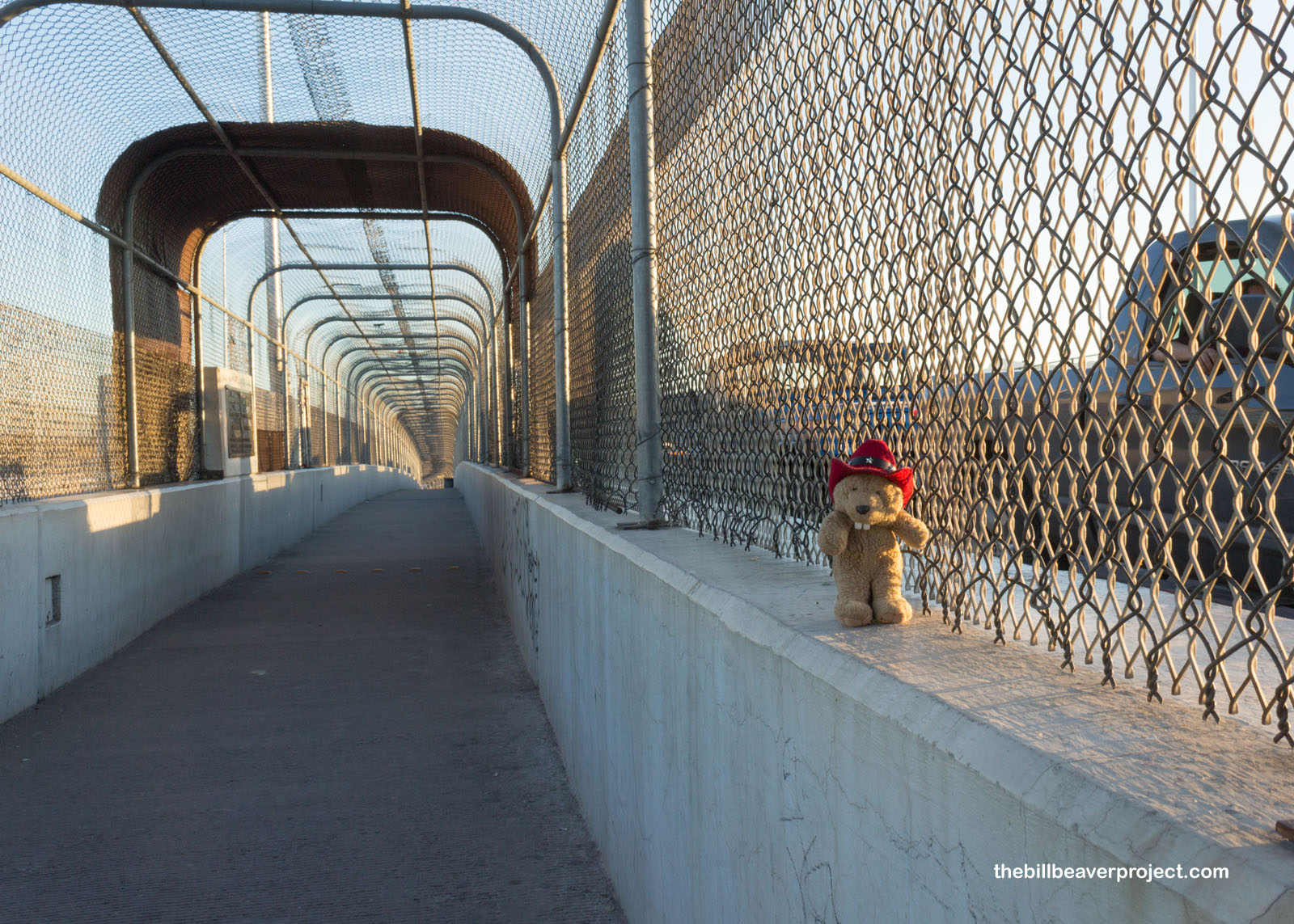 |
Hasta muy pronto!

